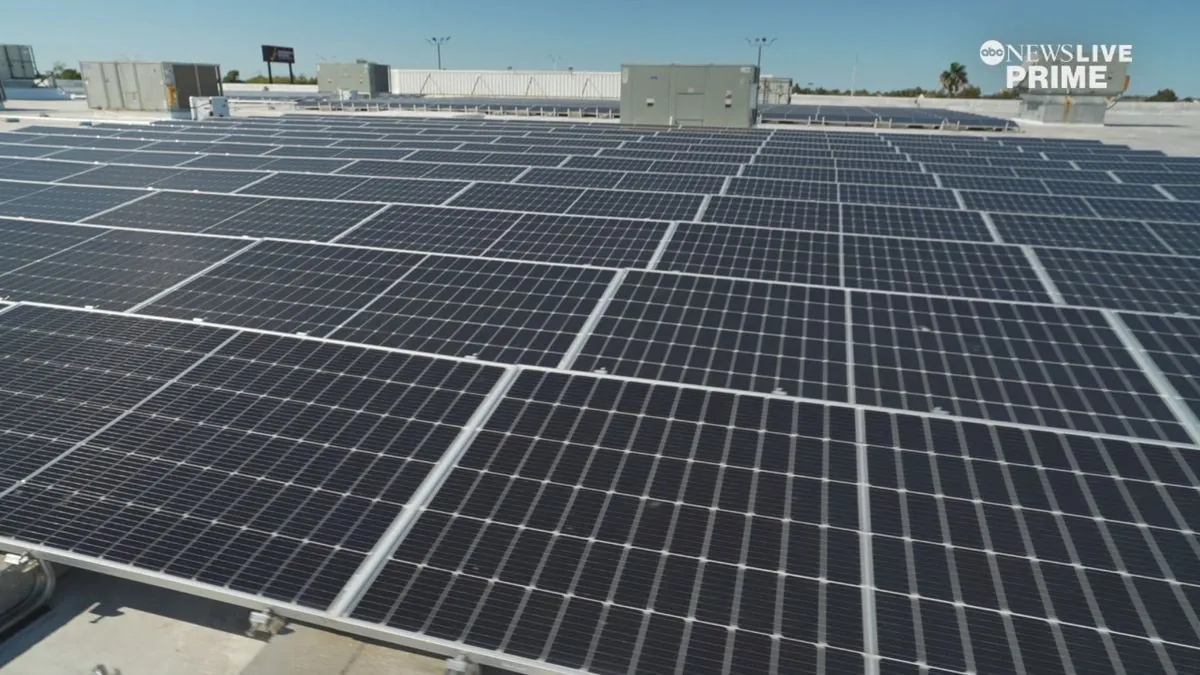As Hurricane Helene bears down on the U.S. Gulf Coast in September 2024, residents of New Orleans brace for potential power outages. For some, like Verna Lee and Ronald Bailey, both 71, these blackouts pose a significant health risk due to Bailey's reliance on a breathing machine.
The couple's recent experience during Hurricane Francine, which struck just two weeks earlier, highlights the challenges faced by vulnerable residents during such events. Fortunately, they found refuge at First Grace United Methodist Church, part of the innovative Community Lighthouse Project.
This initiative, born from the aftermath of devastating hurricanes, transforms churches into microgrids capable of generating and storing their own electricity. First Grace, equipped with solar panels and Tesla batteries, provided a safe haven for over 100 people during Francine's power outage.
The project's origins trace back to Broderick Bagert's harrowing experience during Hurricane Isaac in 2012. Bagert's newborn son, suffering from jaundice, required constant access to a light bed for treatment. The power outage forced Bagert to frantically search for a working generator, sparking the idea for community-based power solutions.
Currently, nine such "lighthouses" operate in New Orleans, with plans to expand to 86 citywide and 500 across Louisiana. The largest solar-plus-battery microgrid is at New Wine Christian Fellowship in LaPlace, located in St. John the Baptist Parish—ranked as the most climate-vulnerable county in the United States.
"It gave that real sense of community that is so vital in life, especially in a crisis. People care about each other."
The Community Lighthouse Project has garnered significant support, receiving $8.6 million in funding from various sources, including Louisiana cities, Sandia National Laboratory, and a congressional allocation. Additional funding is expected to bring the total to $13 million.
As climate change intensifies the frequency and severity of hurricanes, these community-based power solutions offer a beacon of hope. They not only provide essential services during emergencies but also foster a sense of community resilience in the face of increasing environmental challenges.
For residents like Lee and Bailey, these lighthouses represent more than just a place to charge devices—they offer peace of mind and a lifeline during uncertain times. As Hurricane Helene approaches, the Community Lighthouse Project stands as a testament to the power of innovative, community-driven solutions in addressing the complex challenges posed by climate change.
